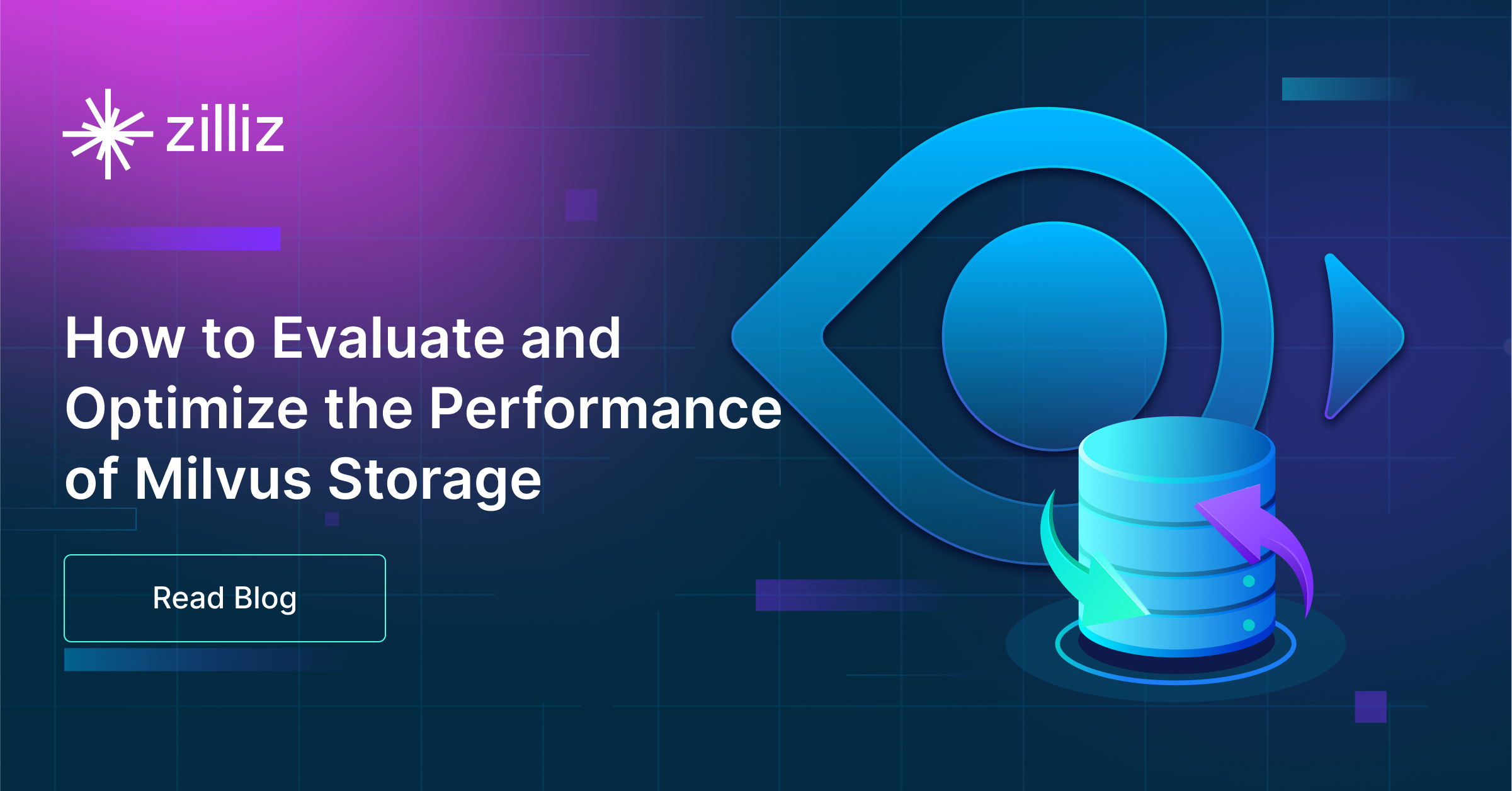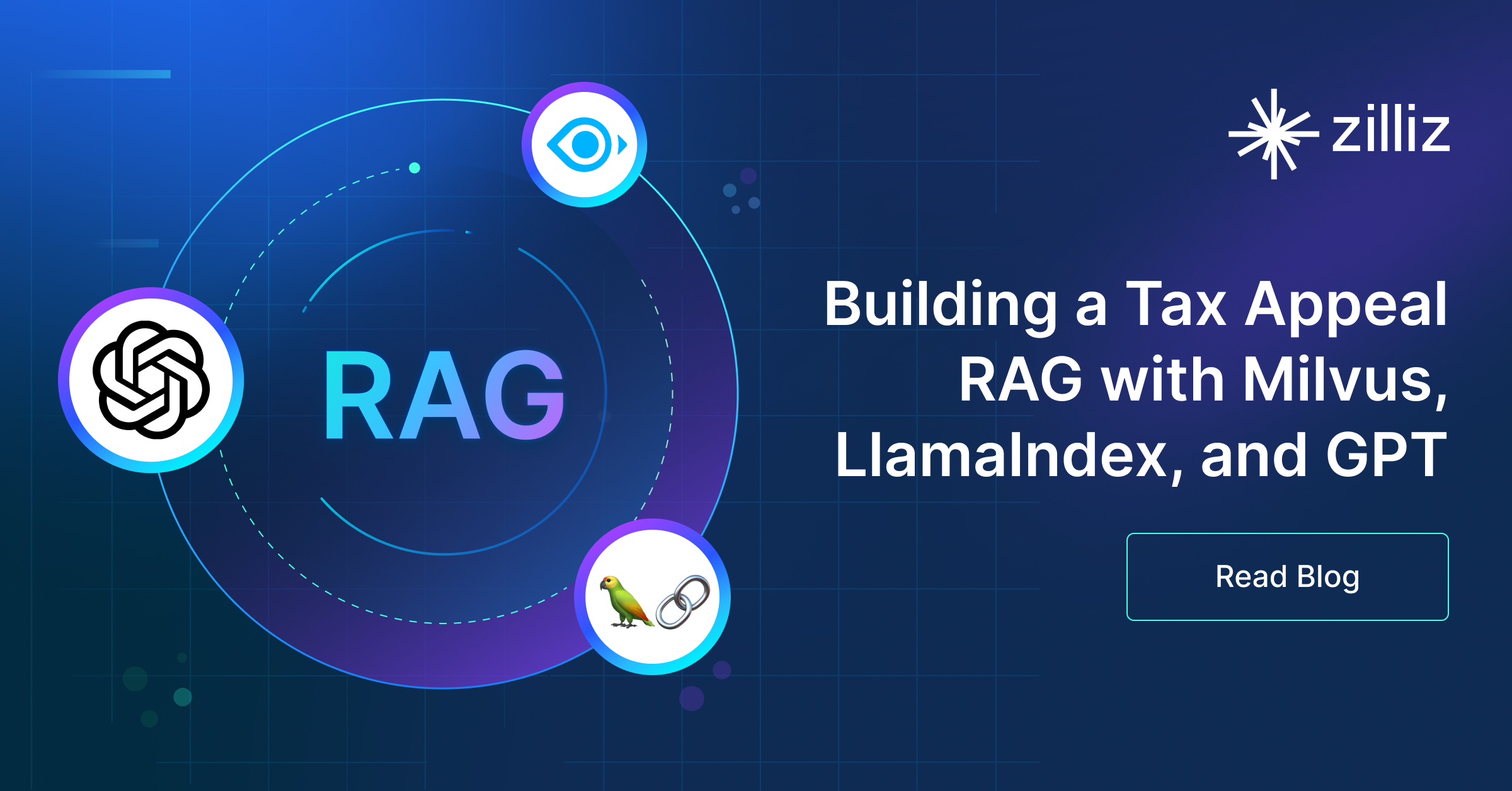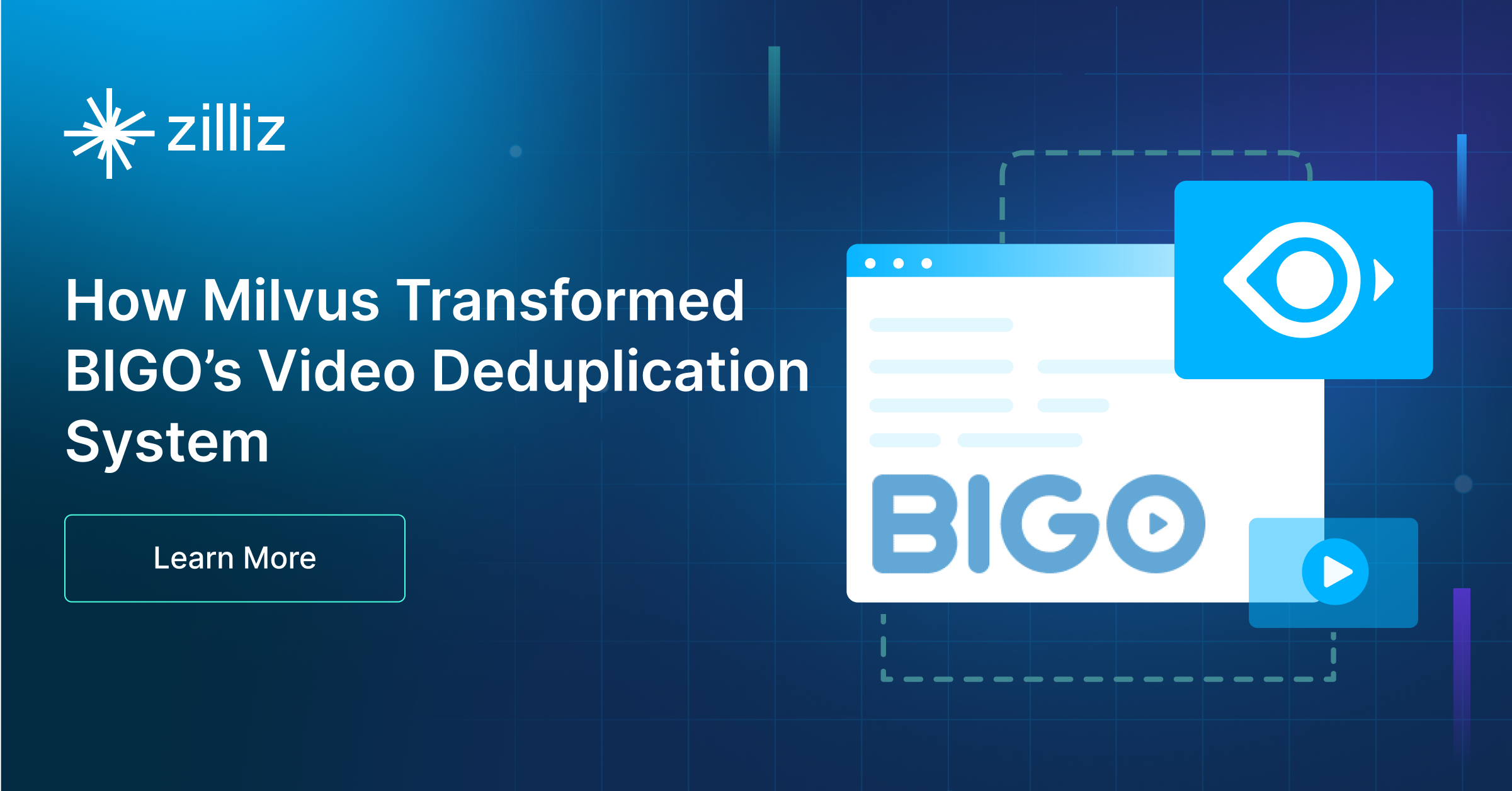Build RAG Chatbot with Haystack, OpenSearch, Anthropic Claude 3.5 Haiku, and Cohere embed-english-light-v3.0
Introduction to RAG
Retrieval-Augmented Generation (RAG) is a game-changer for GenAI applications, especially in conversational AI. It combines the power of pre-trained large language models (LLMs) like OpenAI’s GPT with external knowledge sources stored in vector databases such as Milvus and Zilliz Cloud, allowing for more accurate, contextually relevant, and up-to-date response generation. A RAG pipeline usually consists of four basic components: a vector database, an embedding model, an LLM, and a framework.
Key Components We'll Use for This RAG Chatbot
This tutorial shows you how to build a simple RAG chatbot in Python using the following components:
- Haystack: An open-source Python framework designed for building production-ready NLP applications, particularly question answering and semantic search systems. Haystack excels at retrieving information from large document collections through its modular architecture that combines retrieval and reader components. Ideal for developers creating search applications, chatbots, and knowledge management systems that require efficient document processing and accurate information extraction from unstructured text.
- OpenSearch: An open-source search and analytics suite derived from Elasticsearch. It offers robust full-text search and real-time analytics, with vector search available as an add-on for similarity-based queries, extending its capabilities to handle high-dimensional data. Since it is just a vector search add-on rather than a purpose-built vector database, it lacks scalability and availability and many other advanced features required by enterprise-level applications. Therefore, if you prefer a much more scalable solution or hate to manage your own infrastructure, we recommend using Zilliz Cloud, which is a fully managed vector database service built on the open-source Milvus and offers a free tier supporting up to 1 million vectors.)
- Anthropic Claude 3.5 Haiku: A lightweight, high-speed AI model optimized for rapid, cost-efficient processing of complex queries. It excels in real-time applications, offering strong performance in text analysis, summarization, and multilingual tasks. Ideal for scalable enterprise solutions, dynamic customer interactions, and scenarios requiring low-latency responses without compromising accuracy.
- Cohere embed-english-light-v3.0: A lightweight, efficient embedding model designed to convert English text into high-dimensional vector representations. Excelling in speed and scalability, it balances accuracy with low computational demands, making it ideal for semantic search, text clustering, and retrieval-augmented applications in resource-constrained environments.
By the end of this tutorial, you’ll have a functional chatbot capable of answering questions based on a custom knowledge base.
Note: Since we may use proprietary models in our tutorials, make sure you have the required API key beforehand.
Step 1: Install and Set Up Haystack
import os
import requests
from haystack import Pipeline
from haystack.components.converters import MarkdownToDocument
from haystack.components.preprocessors import DocumentSplitter
from haystack.components.writers import DocumentWriter
Step 2: Install and Set Up Anthropic Claude 3.5 Haiku
To use Anthropic models, you need an Anthropic API key. You can provide this key in one of the following ways:
- The recommended approach is to set it as the
ANTHROPIC_API_KEYenvironment variable. - Alternatively, you can pass it directly when initializing the component using Haystack’s Secret API:
Secret.from_token("your-api-key-here").
When configuring Anthropic models, make sure to define the Anthropic model you want to use by specifying it in the model parameter.
This component generates text based on a given prompt. Additionally, you can customize the generation process by providing extra parameters available in the Anthropic Messaging API. These parameters can be passed using generation_kwargs, either during initialization or when calling the run() method. To explore all available options, refer to the Anthropic documentation.
Finally, the run() method requires a single string as input to generate text.
Now let's install the anthropic-haystack package to use the AnthropicGenerator:
pip install anthropic-haystack
from haystack_integrations.components.generators.anthropic import AnthropicGenerator
generator = AnthropicGenerator(model="claude-3-haiku-20240307")
Step 3: Install and Set Up Cohere embed-english-light-v3.0
To start using this integration with Haystack, install it with:
pip install cohere-haystack
from haystack import Document
from haystack_integrations.components.embedders.cohere.document_embedder import CohereDocumentEmbedder
from haystack_integrations.components.embedders.cohere.text_embedder import CohereTextEmbedder
text_embedder = CohereTextEmbedder(model="embed-english-light-v3.0")
document_embedder = CohereDocumentEmbedder(model="embed-english-light-v3.0")
Step 4: Install and Set Up OpenSearch
If you have Docker set up, we recommend pulling the Docker image and running it.
docker pull opensearchproject/opensearch:2.11.0
docker run -p 9200:9200 -p 9600:9600 -e "discovery.type=single-node" -e "ES_JAVA_OPTS=-Xms1024m -Xmx1024m" opensearchproject/opensearch:2.11.0
Once you have a running OpenSearch instance, install the opensearch-haystack integration:
pip install opensearch-haystack
from haystack_integrations.components.retrievers.opensearch import OpenSearchEmbeddingRetriever
from haystack_integrations.document_stores.opensearch import OpenSearchDocumentStore
document_store = OpenSearchDocumentStore(hosts="http://localhost:9200", use_ssl=True,
verify_certs=False, http_auth=("admin", "admin"))
retriever = OpenSearchEmbeddingRetriever(document_store=document_store)
Step 5: Build a RAG Chatbot
Now that you’ve set up all components, let’s start to build a simple chatbot. We’ll use the Milvus introduction doc as a private knowledge base. You can replace it your own dataset to customize your RAG chatbot.
url = 'https://raw.githubusercontent.com/milvus-io/milvus-docs/refs/heads/v2.5.x/site/en/about/overview.md'
example_file = 'example_file.md'
response = requests.get(url)
with open(example_file, 'wb') as f:
f.write(response.content)
file_paths = [example_file] # You can replace it with your own file paths.
indexing_pipeline = Pipeline()
indexing_pipeline.add_component("converter", MarkdownToDocument())
indexing_pipeline.add_component("splitter", DocumentSplitter(split_by="sentence", split_length=2))
indexing_pipeline.add_component("embedder", document_embedder)
indexing_pipeline.add_component("writer", DocumentWriter(document_store))
indexing_pipeline.connect("converter", "splitter")
indexing_pipeline.connect("splitter", "embedder")
indexing_pipeline.connect("embedder", "writer")
indexing_pipeline.run({"converter": {"sources": file_paths}})
# print("Number of documents:", document_store.count_documents())
question = "What is Milvus?" # You can replace it with your own question.
retrieval_pipeline = Pipeline()
retrieval_pipeline.add_component("embedder", text_embedder)
retrieval_pipeline.add_component("retriever", retriever)
retrieval_pipeline.connect("embedder", "retriever")
retrieval_results = retrieval_pipeline.run({"embedder": {"text": question}})
# for doc in retrieval_results["retriever"]["documents"]:
# print(doc.content)
# print("-" * 10)
from haystack.utils import Secret
from haystack.components.builders import PromptBuilder
retriever = OpenSearchEmbeddingRetriever(document_store=document_store)
text_embedder = CohereTextEmbedder(model="embed-english-light-v3.0")
prompt_template = """Answer the following query based on the provided context. If the context does
not include an answer, reply with 'I don't know'.\n
Query: {{query}}
Documents:
{% for doc in documents %}
{{ doc.content }}
{% endfor %}
Answer:
"""
rag_pipeline = Pipeline()
rag_pipeline.add_component("text_embedder", text_embedder)
rag_pipeline.add_component("retriever", retriever)
rag_pipeline.add_component("prompt_builder", PromptBuilder(template=prompt_template))
rag_pipeline.add_component("generator", generator)
rag_pipeline.connect("text_embedder.embedding", "retriever.query_embedding")
rag_pipeline.connect("retriever.documents", "prompt_builder.documents")
rag_pipeline.connect("prompt_builder", "generator")
results = rag_pipeline.run({"text_embedder": {"text": question}, "prompt_builder": {"query": question},})
print('RAG answer:\n', results["generator"]["replies"][0])
Optimization Tips
As you build your RAG system, optimization is key to ensuring peak performance and efficiency. While setting up the components is an essential first step, fine-tuning each one will help you create a solution that works even better and scales seamlessly. In this section, we’ll share some practical tips for optimizing all these components, giving you the edge to build smarter, faster, and more responsive RAG applications.
Haystack optimization tips
To optimize Haystack in a RAG setup, ensure you use an efficient retriever like FAISS or Milvus for scalable and fast similarity searches. Fine-tune your document store settings, such as indexing strategies and storage backends, to balance speed and accuracy. Use batch processing for embedding generation to reduce latency and optimize API calls. Leverage Haystack's pipeline caching to avoid redundant computations, especially for frequently queried documents. Tune your reader model by selecting a lightweight yet accurate transformer-based model like DistilBERT to speed up response times. Implement query rewriting or filtering techniques to enhance retrieval quality, ensuring the most relevant documents are retrieved for generation. Finally, monitor system performance with Haystack’s built-in evaluation tools to iteratively refine your setup based on real-world query performance.
OpenSearch optimization tips
To optimize OpenSearch in a Retrieval-Augmented Generation (RAG) setup, fine-tune indexing by enabling efficient mappings and reducing unnecessary stored fields. Use HNSW for vector search to speed up similarity queries while balancing recall and latency with appropriate ef_search and ef_construction values. Leverage shard and replica settings to distribute load effectively, and enable caching for frequent queries. Optimize text-based retrieval with BM25 tuning and custom analyzers for better relevance. Regularly monitor cluster health, index size, and query performance using OpenSearch Dashboards and adjust configurations accordingly.
Anthropic Claude 3.5 Haiku optimization tips
Optimize context relevance by implementing semantic chunking with 512-1024 token segments and metadata filtering to reduce noise. Use structured data formatting (JSON/XML tables) for retrieved content to enhance Claude's parsing efficiency. Implement query expansion with synonyms and domain-specific terms to improve retrieval alignment. Fine-tune temperature settings (0.2-0.4 range) for factual consistency. Cache frequent query embeddings and employ prompt compression techniques like entity summarization. Monitor token usage through Claude's API metrics to balance context depth with cost efficiency, prioritizing critical information in the prompt's beginning for better attention focus.
Cohere embed-english-light-v3.0 optimization tips
To optimize Cohere embed-english-light-v3.0 in RAG, ensure input text is clean and concise by removing redundant whitespace, special characters, or irrelevant metadata. Use batch processing for embeddings to reduce API calls and latency. Align chunk sizes with the model’s 512-token limit, splitting longer texts into coherent segments. Cache frequent or static embeddings to save costs. Fine-tune retrieval scoring (e.g., cosine similarity) to match your data distribution, and pre-filter low-relevance documents using metadata to reduce computational overhead. Regularly validate embedding quality against domain-specific benchmarks.
By implementing these tips across your components, you'll be able to enhance the performance and functionality of your RAG system, ensuring it’s optimized for both speed and accuracy. Keep testing, iterating, and refining your setup to stay ahead in the ever-evolving world of AI development.
RAG Cost Calculator: A Free Tool to Calculate Your Cost in Seconds
Estimating the cost of a Retrieval-Augmented Generation (RAG) pipeline involves analyzing expenses across vector storage, compute resources, and API usage. Key cost drivers include vector database queries, embedding generation, and LLM inference.
RAG Cost Calculator is a free tool that quickly estimates the cost of building a RAG pipeline, including chunking, embedding, vector storage/search, and LLM generation. It also helps you identify cost-saving opportunities and achieve up to 10x cost reduction on vector databases with the serverless option.
 Calculate your RAG cost
Calculate your RAG cost
What Have You Learned?
Wow, you’ve just unlocked the power to build your own RAG system from scratch! By diving into this tutorial, you’ve learned how to seamlessly weave together four game-changing tools: Haystack as your orchestration framework, OpenSearch as your lightning-fast vector database, Anthropic Claude 3.5 Haiku for creative and precise text generation, and Cohere’s embed-english-light-v3.0 to transform text into rich, searchable embeddings. You saw firsthand how Haystack acts as the glue, connecting data pipelines that ingest documents, split them into chunks, and use Cohere’s embeddings to map meaning into vectors. OpenSearch then stores and retrieves those vectors with speed, ensuring your system finds the most relevant context in milliseconds. Claude 3.5 Haiku steps in to synthesize that retrieved knowledge into clear, human-like answers—proving how smart models can turn raw data into actionable insights. Plus, you picked up pro tips for optimizing performance, like tweaking chunk sizes and balancing cost-efficiency with accuracy, and even discovered a free RAG cost calculator to plan your projects without surprises.
Now that you’ve seen the magic of combining these tools, imagine what you can build next! Whether you’re crafting chatbots that feel alive, building research assistants that dig deep, or creating custom solutions for niche domains, you’ve got the foundation to innovate. Remember, every tweak and experiment brings you closer to a system that’s uniquely yours—faster, smarter, and more intuitive. Don’t just stop here; take these pieces and run with them. Optimize fearlessly, iterate joyfully, and let your creativity shape what RAG can do. The sky’s the limit, and you’re already soaring—so fire up your IDE, start prototyping, and watch your ideas transform into something extraordinary. Let’s build the future, one retrieval and generation at a time! 🚀
Further Resources
🌟 In addition to this RAG tutorial, unleash your full potential with these incredible resources to level up your RAG skills.
- How to Build a Multimodal RAG | Documentation
- How to Enhance the Performance of Your RAG Pipeline
- Graph RAG with Milvus | Documentation
- How to Evaluate RAG Applications - Zilliz Learn
- Generative AI Resource Hub | Zilliz
We'd Love to Hear What You Think!
We’d love to hear your thoughts! 🌟 Leave your questions or comments below or join our vibrant Milvus Discord community to share your experiences, ask questions, or connect with thousands of AI enthusiasts. Your journey matters to us!
If you like this tutorial, show your support by giving our Milvus GitHub repo a star ⭐—it means the world to us and inspires us to keep creating! 💖
- Introduction to RAG
- Key Components We'll Use for This RAG Chatbot
- Step 1: Install and Set Up Haystack
- Step 2: Install and Set Up Anthropic Claude 3.5 Haiku
- Step 3: Install and Set Up Cohere embed-english-light-v3.0
- Step 4: Install and Set Up OpenSearch
- Step 5: Build a RAG Chatbot
- Optimization Tips
- RAG Cost Calculator: A Free Tool to Calculate Your Cost in Seconds
- What Have You Learned?
- Further Resources
- We'd Love to Hear What You Think!
Content
Vector Database at Scale
Zilliz Cloud is a fully-managed vector database built for scale, perfect for your RAG apps.
Try Zilliz Cloud for Free


